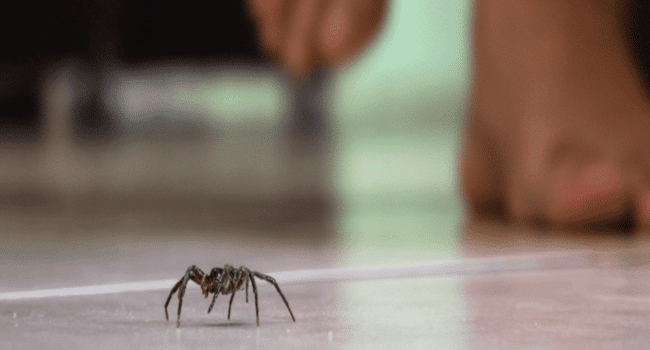Spiders, with their fascinating yet often unwelcome presence, can frequently find their way into our homes. Understanding what draws these eight-legged creatures indoors is key to effective prevention and control strategies. While some factors are obvious, others may be surprising. In this article, we delve into the various attractants that entice spiders indoors, shedding light on their behaviors and preferences.
Understanding Spider Behavior
Before we discuss what attracts spiders, it’s essential to grasp the basic behaviors of spiders. Spiders are predatory arachnids that seek shelter, warmth, and food sources in their environments. Unlike insects, spiders are not attracted to light, but they do possess behaviors and sensory mechanisms that guide them toward favorable habitats.
Shelter And Protection
Spiders can find cover and safety from the weather, predators, and other hazards with ease. Spiders find the perfect places to hide when they find gaps, cracks, and crevices in walls, ceilings, and floors. Furthermore, these secretive animals have excellent habitats in congested, uninhabited places like attics, basements, and storage facilities.
Food Sources
Food availability plays a significant role in attracting spiders indoors. Spiders primarily feed on insects, making homes with abundant insect populations particularly attractive. Flying insects, mosquitoes, ants, and cockroaches are some of the most common domestic pests that spiders consume as their major source of nutrition. Furthermore, pet food left out overnight can also attract spiders, as it may inadvertently attract other insects.
Warmth And Moisture
Spiders are cold-blooded organisms, which means that they must rely on heat from the environment to maintain their internal temperature. The settings that are warm and humid, such as those that may be found in kitchens, bathrooms, and laundry rooms, are quite tempting to spiders. Additionally, leaky pipes, damp basements, and poorly ventilated areas can create favorable conditions for spider infestations.
Identifying Specific Spider Attractants
Now that we’ve explored the general factors that draw spiders indoors, let’s delve into specific attractants that homeowners should be aware of:
- Exterior Lighting
While spiders themselves are not attracted to light, outdoor lighting can indirectly draw them closer to homes. Lights positioned near entry points can attract insects, which in turn become prey for spiders. Using sodium vapor or yellow lights, which are less appealing to insects than white or UV lights, can help lessen this.
- Vegetation And Landscaping
Overgrown vegetation, shrubs, and bushes near the perimeter of homes provide spiders with ample hiding places and opportunities to build webs. Additionally, cluttered outdoor spaces, such as woodpiles and debris, can harbor insects that serve as spider prey. Regular landscaping and vegetation maintenance can help reduce spider habitat and potential entry points into homes.
- Cracks And Gaps
Small cracks and gaps in the exterior of homes serve as entry points for spiders seeking shelter and refuge. Common entry points include gaps around windows and doors, utility penetrations, and damaged siding or roofing. You may keep spiders out of indoor rooms by caulking or weather-stripping these apertures.
- Clutter And Untidiness
Indoor areas that are disorganized and untidy provide spiders with a multitude of hiding places and possible food sources. Spider infestations are made possible by piled clothes, newspaper stacks, and disorganized storage spaces. Cleaning, organizing, and decluttering regularly can assist get rid of possible spider homes and lower the chance of infestation.
Conclusion
Identifying and addressing the factors that attract spiders indoors is essential for effective pest management and prevention. By understanding spider behavior and preferences, homeowners can implement proactive measures to reduce spider attractants and create an inhospitable environment for these unnecessary guests. From sealing entry points to maintaining cleanliness and reducing outdoor vegetation, simple changes can make a significant difference in deterring spiders from invading homes.
